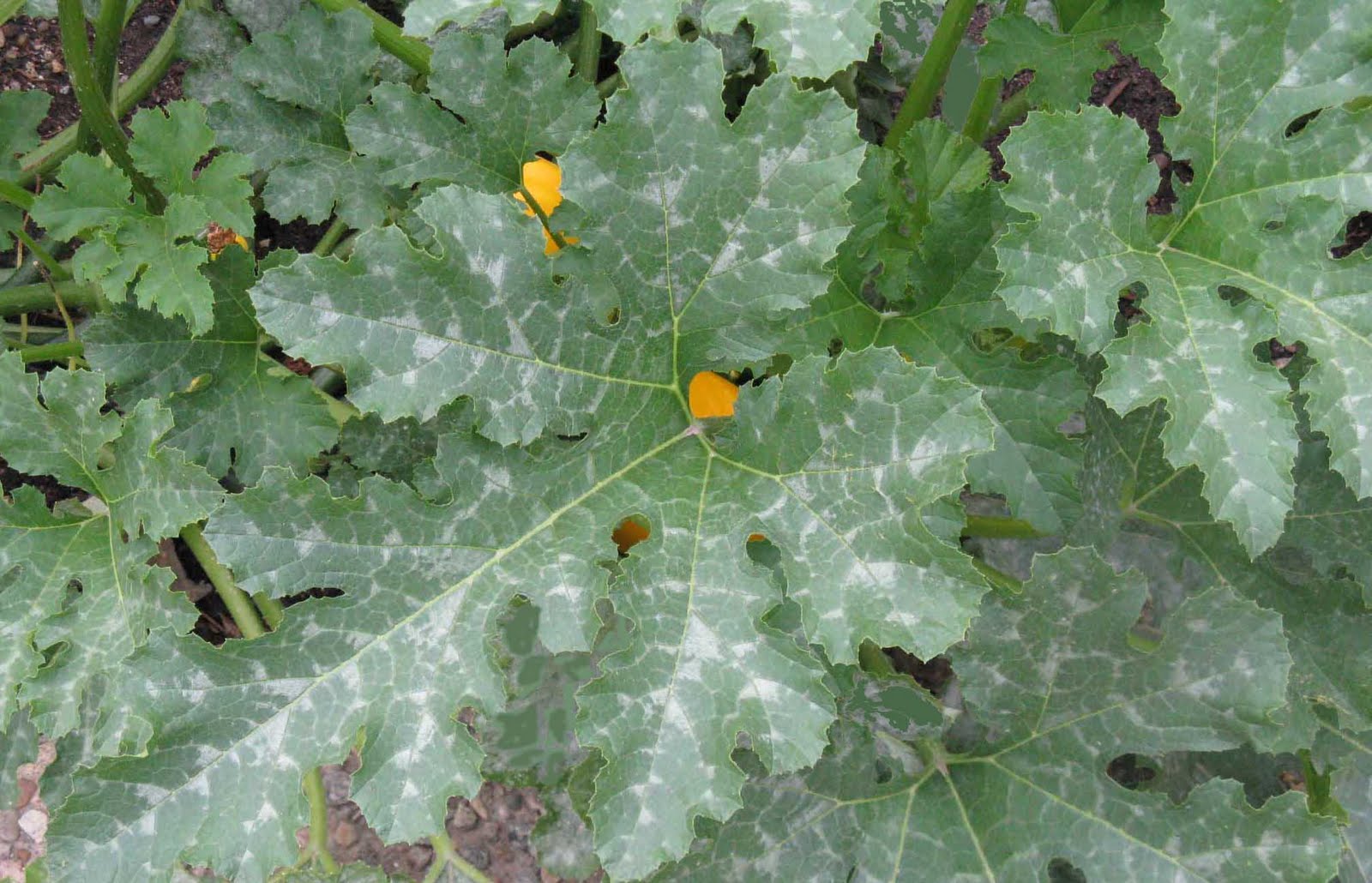
How to combat mildew on zucchini?
Fungi present in the garden are significant bacteria that cause diseases in plants, those which could result even in death.
It is important to note that a pest and disease is not the same: pests are caused by organisms that are easily seen (for example, insects, rodents, birds, slugs, etc. However, diseases are caused by microorganisms that are not easily understood (such as fungi, bacteria, viruses, nematodes …
When growing zucchini, one of the deadliest fungi that can be found in the Mildew, in itself does not have to end the plant, but if that can weaken much besides affecting the extent destroying the seeds.
Mildew symptoms description and zucchini
Contents
The vast majority of the time discover a plant is infected by downy a characteristic powder to be held in the bundle of sheets; if left unchecked, it will soon be extended to other areas of the plant such as the stem and fruit.
White spots that will be converted into a powder, white, gray characteristic appear. At the time when this is removed, some yellow spots appear.
These patches prevent the plant from doing photosynthesis, besides, to deform, even drying the leaves.
The Mildew zucchini is easy to detect, as the white powder was identified from the outset.
Propagation
The fungus is spread more easily in warm temperatures and a level of average temperature (more typical summer conditions).
The Mild zucchini is very common, but the truth is that the fungus can affect many other species. Usually the cucurbits (how, squashes, cantaloupe, cucumber, chayote or watermelon …) the most easily spread. It also affects tomato plants, the vine, potato, spinach, chard.
If the plants are very close to each other, the infection will spread quickly.
Temperature
The fungus requires a temperature of 15-25 ° C to spread, plus high-temperature conditions (that is why, so it is widespread to appear after rain). Plants can be infected through wounds by irrigation water or by stromal leaves.
How to fight against mildew zucchini
- Prevention: The vast majority of fungi require sure moisture to develop. That is why, so, first of all, we must avoid excess water in irrigation, and working with a high density of plants (the space between them should be enough, mowing the aerial parts if necessary).
It will also have to monitor how alveoli containers, pots, cups, etc. to prevent being infected by fungi.
- Detection: Unlike insects (pests), fungi can not easily see, but if you can identify your symptoms. For this, we should establish a routine that will analyze the leaves, roots, stems, and fruits to identify possible diseases so we can act accordingly.
- Treatment: Each type of fungus and each plant will require special treatment. The most common is to use fungicides once you have spent between 1-2 days from the time of infection. This fungicide must respect the plant fully… as well as being environmentally friendly.
Check correctly the symptoms are the Mildiu zucchini, and not another type of fungus, and so proper treatment can apply to the problem you have.


